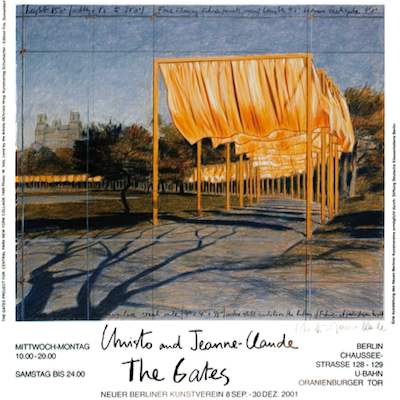
Details
Artist
Styles
Edition and publisher: Paragon Press // Red Shadows 2 by Anish Kapoor, created in 2016, is a limited edition etching that embodies the artist's signature exploration of color, light, and form. This piece radiates a deep red hue that gradually fades into a bright central glow, creating a captivating interplay between shadow and illumination. The smooth, gradient transition suggests a sense of depth and intensity, reminiscent of Kapoor's larger sculptural works where light and space are essential elements. Measuring 72 x 96 cm, Red Shadows 2 envelops the viewer in a meditative aura, using simple yet powerful color dynamics to evoke both warmth and mystery, drawing the observer into an almost hypnotic visual experience.
Red shadows 2, 2016
form
Medium
Size
72 x 96 cm
- Inches
- Centimeters
Edition
Price
- USD
- EUR
- GBP
Details
Artist
Styles
Edition and publisher: Paragon Press // Red Shadows 2 by Anish Kapoor, created in 2016, is a limited edition etching that embodies the artist's signature exploration of color, light, and form. This piece radiates a deep red hue that gradually fades into a bright central glow, creating a captivating interplay between shadow and illumination. The smooth, gradient transition suggests a sense of depth and intensity, reminiscent of Kapoor's larger sculptural works where light and space are essential elements. Measuring 72 x 96 cm, Red Shadows 2 envelops the viewer in a meditative aura, using simple yet powerful color dynamics to evoke both warmth and mystery, drawing the observer into an almost hypnotic visual experience.
- Recently Added
- Price (low-high )
- Price (high-low )
- Year (low-high )
- Year (high-low )
What is site specific art?
Site-Specific Art is a form of artwork created to exist in a particular location, with the artist considering the site as an integral part of the creative process. Robert Irwin was a key figure in promoting this art form in California. Site-Specific Art emerged as a reaction against modernist objects, which were often portable, commodified, and confined to museum spaces. In contrast, Site-Specific Art is inherently tied to its location, challenging the traditional notions of art as a transportable and marketable commodity.






















